Portal:Cities
The Cities Portal

A city is a human settlement of a substantial size. The term "city" has different meanings around the world and in some places the settlement can be very small. Even where the term is limited to larger settlements, there is no universally agreed definition of the lower boundary for their size. In a narrower sense, a city can be defined as a permanent and densely populated place with administratively defined boundaries whose members work primarily on non-agricultural tasks. Cities generally have extensive systems for housing, transportation, sanitation, utilities, land use, production of goods, and communication. Their density facilitates interaction between people, government organizations, and businesses, sometimes benefiting different parties in the process, such as improving the efficiency of goods and service distribution.
Historically, city dwellers have been a small proportion of humanity overall, but following two centuries of unprecedented and rapid urbanization, more than half of the world population now lives in cities, which has had profound consequences for global sustainability. Present-day cities usually form the core of larger metropolitan areas and urban areas—creating numerous commuters traveling toward city centres for employment, entertainment, and education. However, in a world of intensifying globalization, all cities are to varying degrees also connected globally beyond these regions. This increased influence means that cities also have significant influences on global issues, such as sustainable development, climate change, and global health. Because of these major influences on global issues, the international community has prioritized investment in sustainable cities through Sustainable Development Goal 11. Due to the efficiency of transportation and the smaller land consumption, dense cities hold the potential to have a smaller ecological footprint per inhabitant than more sparsely populated areas. Therefore, compact cities are often referred to as a crucial element in fighting climate change. However, this concentration can also have some significant harmful effects, such as forming urban heat islands, concentrating pollution, and stressing water supplies and other resources. (Full article...)
Selected city -
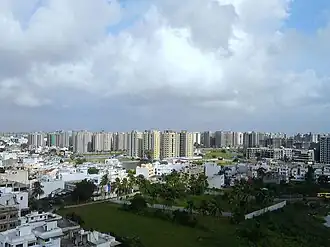
Surat (Gujarati: [suɾət]) is a city in the western Indian state of Gujarat. The word Surat directly translates to face in Gujarati, Hindi and Urdu. Located on the banks of the river Tapti near its confluence with the Arabian Sea, it used to be a large seaport. It is now the commercial and economic centre of South Gujarat, and one of the largest urban areas of western India. It has well-established diamond and textile industry, and is a major supply centre for apparels and accessories. About 90% of the world's diamonds are cut and polished in Surat. It is the second largest city in Gujarat after Ahmedabad and the eighth largest city by population and ninth largest urban agglomeration in India. It is the administrative capital of the Surat district.
The city is located 284 km (176 mi) south of the state capital, Gandhinagar; 265 km (165 mi) south of Ahmedabad; and 289 km (180 mi) north of Mumbai. The city centre is located on the Tapti River (popularly known as Tapi), close to the Arabian Sea. (Full article...)
Did you know -
- ... that despite a career writing queer literature, Chen Xue's 2019 novel Fatherless City had a "putatively straight premise"?
- ... that around 200 cats are tasked, as "security officers", with keeping mice out of the Forbidden City?
- ... that the Chambers Street station was once called "easily one of the most decrepit stations" in the New York City Subway system?
- ... that the Adelaide L. T. Douglas House, built for a New York City socialite, housed the United States Olympic Committee before being sold to Guatemala?
- ... that New York City's Central Synagogue has hosted churches and a mosque?
- ... that in the 1920s, a guard was posted outside the New York City Subway's Clark Street station to prevent sailors from using it at night?
Related portals
Related WikiProjects
![]()
- WikiProject Cities
- WikiProject Countries
- WikiProject Geography
 Recognized content -
Recognized content - 
Póvoa de Varzim (European Portuguese pronunciation: [ˈpɔvu.ɐ ðɨ vɐɾˈzĩ] ⓘ) is a Portuguese city in Northern Portugal and sub-region of Greater Porto, 30 km (18.6 mi) from its city centre. It sits in a sandy coastal plain, a cuspate foreland, halfway between the Minho and Douro rivers. In 2001, there were 63,470 inhabitants, with 42,396 living in the city proper. The city expanded southwards, to Vila do Conde, and there are about 100,000 inhabitants in the urban area alone. It is the seventh-largest urban agglomeration in Portugal and the third largest in Northern Portugal.
Permanent settlement in Póvoa de Varzim dates back to around four to six thousand years ago. Around 900 BC, unrest in the region led to the establishment of Cividade de Terroso, a fortified city, which developed maritime trade routes with the civilizations of classical antiquity. Modern Póvoa de Varzim emerged after the conquest by the Roman Republic of the city by 138 BC; fishing and fish processing units soon developed, which became the foundations of the local economy. By the 11th century, the fishing industry and fertile farmlands were the economic base of a feudal lordship and Varzim was fiercely disputed between the local overlords and the early Portuguese kings, which resulted in the establishment of the present day's municipality in 1308 and being subjugated to monastic power some years later. Póvoa de Varzim's importance reemerged with the Age of Discovery due to its shipbuilders and merchants proficiency and wealth, who traded around the globe in complex trade routes. By the 17th century, the fish processing industry rebounded and, sometime later, Póvoa became the dominant fishing port in Northern Portugal. (Full article...)
Selected article -
The Landmark is a postmodern supertall skyscraper in Abu Dhabi, United Arab Emirates. The mixed-use project stands 324 metres (1,063 ft) tall with 72 floors above ground and five basement levels. Construction on the skyscraper started in late 2006 and the building was completed in 2013. It is the second tallest building in Abu Dhabi behind the Burj Mohammed bin Rashid in the Central Market Project World Trade Center complex. (Full article...)
General images -
Topics
List articles
Subcategories

Associated Wikimedia
The following Wikimedia Foundation sister projects provide more on this subject:
-
Commons
Free media repository -
Wikibooks
Free textbooks and manuals -
Wikidata
Free knowledge base -
Wikinews
Free-content news -
Wikiquote
Collection of quotations -
Wikisource
Free-content library -
Wikiversity
Free learning tools -
Wiktionary
Dictionary and thesaurus
-
 List of all portals
List of all portals -

-

-

-
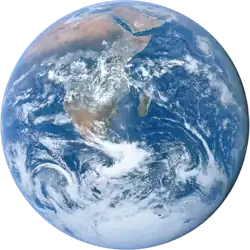
-

-

-

-

-

-
 Random portal
Random portal -
 WikiProject Portals
WikiProject Portals


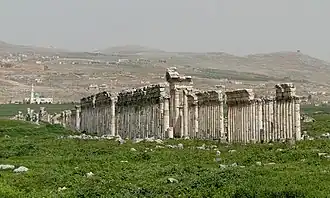



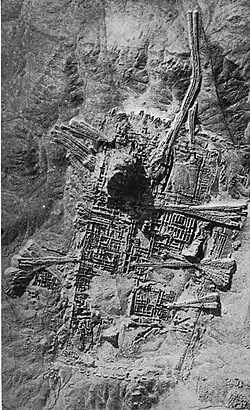

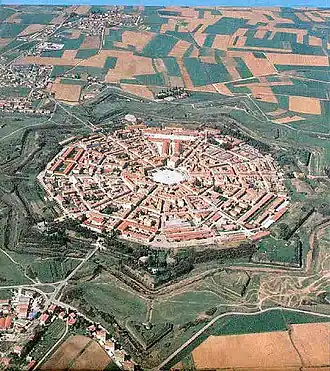

_LACMA_M.2008.40.98.8.jpg)
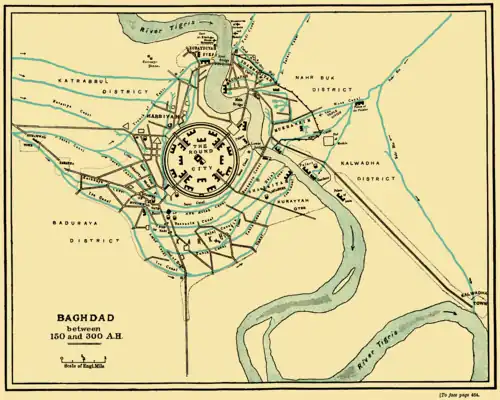
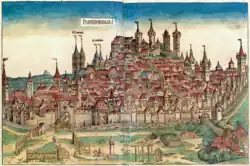
.jpg)


_from_the_east_corner_of_the_86th_Floor_Observatory_of_the_Empire_State_Building_in_Manhattan%252C_New_York_City%252C_New_York.jpg)







